Pedals Pt. 3: Getting Real With Your Cables!
This Summer She Shreds has hosted monthly workshops at our HQ in Portland, OR, based on the subjects of guitar, management, and recording. In May we focused on restringing your guitar, and June was all about pedals.


Now that you know about the types of pedals and how to power them, we’re going to get into the world of cables.
Like power supplies, cables are super important to your signal flow. Get cables that will last a long time and won’t break easily or create more noise in your chain! Also a lot of nicer cables companies offer lifetime warranties. This means that when and if your cables break, you can most likely send them in to get repaired or to get replacements.
What You Need
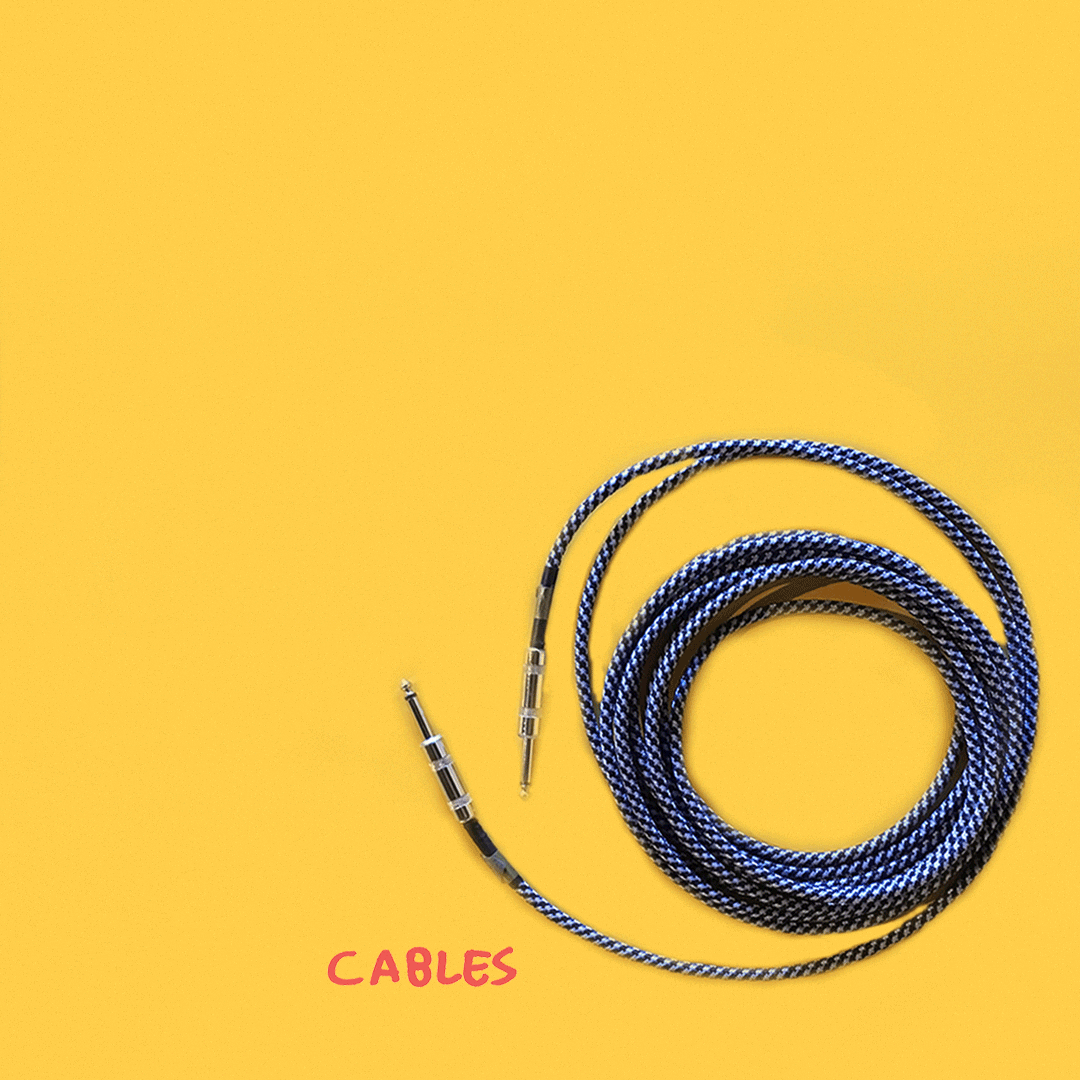
- ¼” (quarter inch) cables: long cables to go from guitar to pedal(s) and then pedal(s) to amp
- Patch cables: shorter cables to go between pedals


Having your cables go out on you is a really good way to kill your momentum when playing music with friends or preforming. You can tell your cables are going bad if you lose signal (and the signal lost isn’t coming from a problem in your amp/guitar/pedals). Also, if there are any obvious breaks in your cable, chances are they’re not gonna be functional for much longer. There are a few ways to keep your cables from breaking quickly, though:
NO: Make sure to wrap them correctly! Wrapping your cables tightly through or around your hand. and around your elbow is bad form. This can make your cables break a lot quicker.
YES: Try looping your cables in lose coils and letting the cables guide you in the direction they want to be looped in.
NO: Don’t squish them! Try not to let heavy things, like amps on casters or drum pieces, sit on your cables. This will also make it easier for you to move around when your guitar is plugged in, as well as keeping your cables safe.
YES: Keep your cables in a safe place! When storing your cables, keep them out of the way so they don’t get jostled around too much. It’s also a good idea to have a good transportation system if you’re bringing cables to and from venues or other rehearsal spaces often.

A good tool to have around is a cable tester! Many of the cable testers on the market not only test quarter inch instrument cables, but also many other types of cables. You can find them starting at $30 or so new, which is worth it to eliminate the stress of having bad or breaking cables.
Fixing Broken Cables
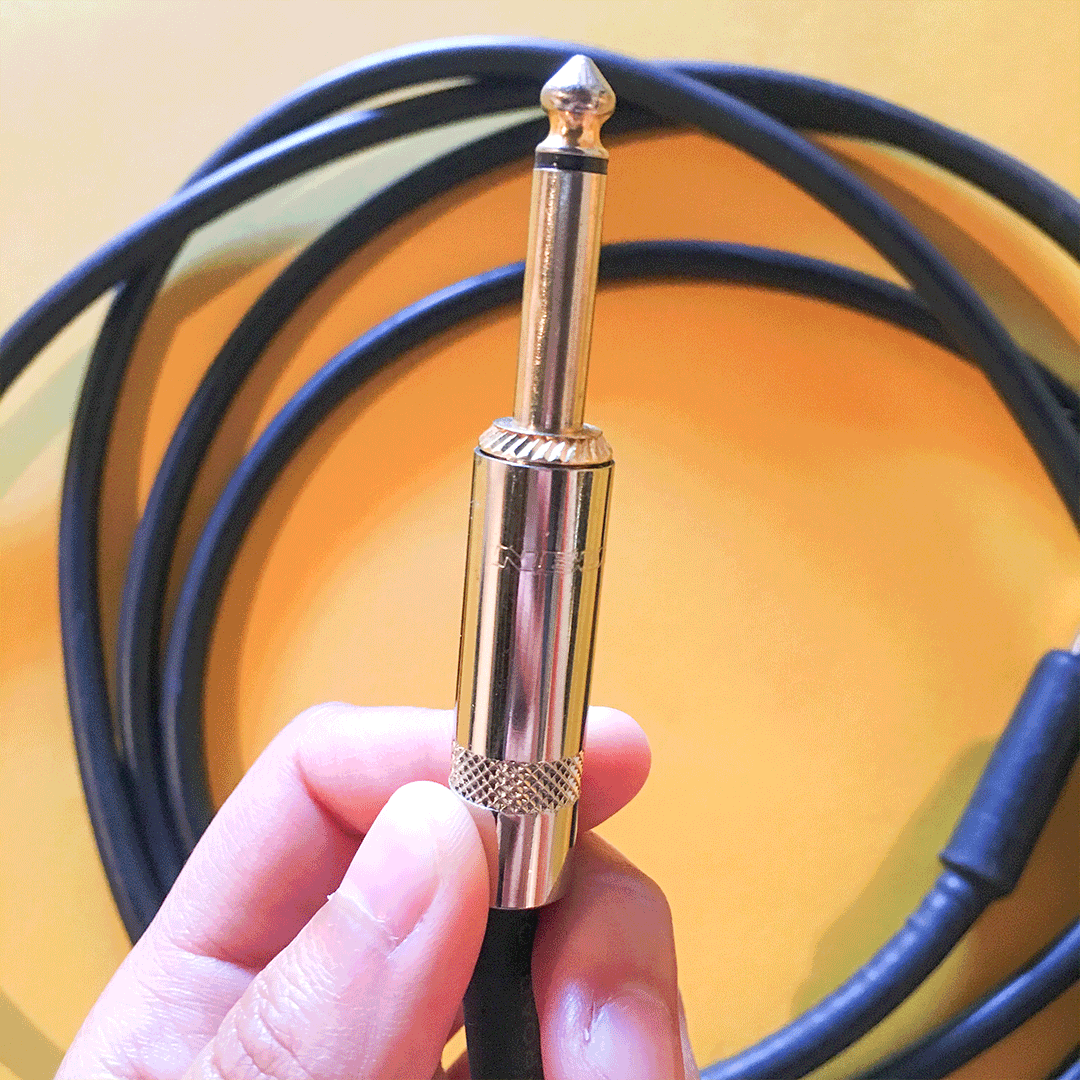
Sometimes a broken cable can be fixed easily! If you have access to a soldering iron and some solder, cable repair can be a fun adventure. Many better made cables have metal protectors over the ends (right above the jack) that easily unscrew (you may notice these covers getting loose sometimes when you use cables often).
- Unscrew these covers and pull them back away from the jack.
- There should be two wires attached to the two little arms sticking out from the back end of the jack on the end of your cable.
- If one or two of these wires is flying free, you can easily solder it back into place and—hopefully—fix your cable! If these aren’t disconnected, then you have another problem on your hands.
A note on pedal couplers: Pedal couplers are hard metal adaptors that go between pedals without any malleable cable piece in between the end jacks. I don’t generally advise people use couplers because they can put unnecessary pressure on pedal inputs and break input jacks easily.
How to Tell Mono From Stereo Cable Jacks
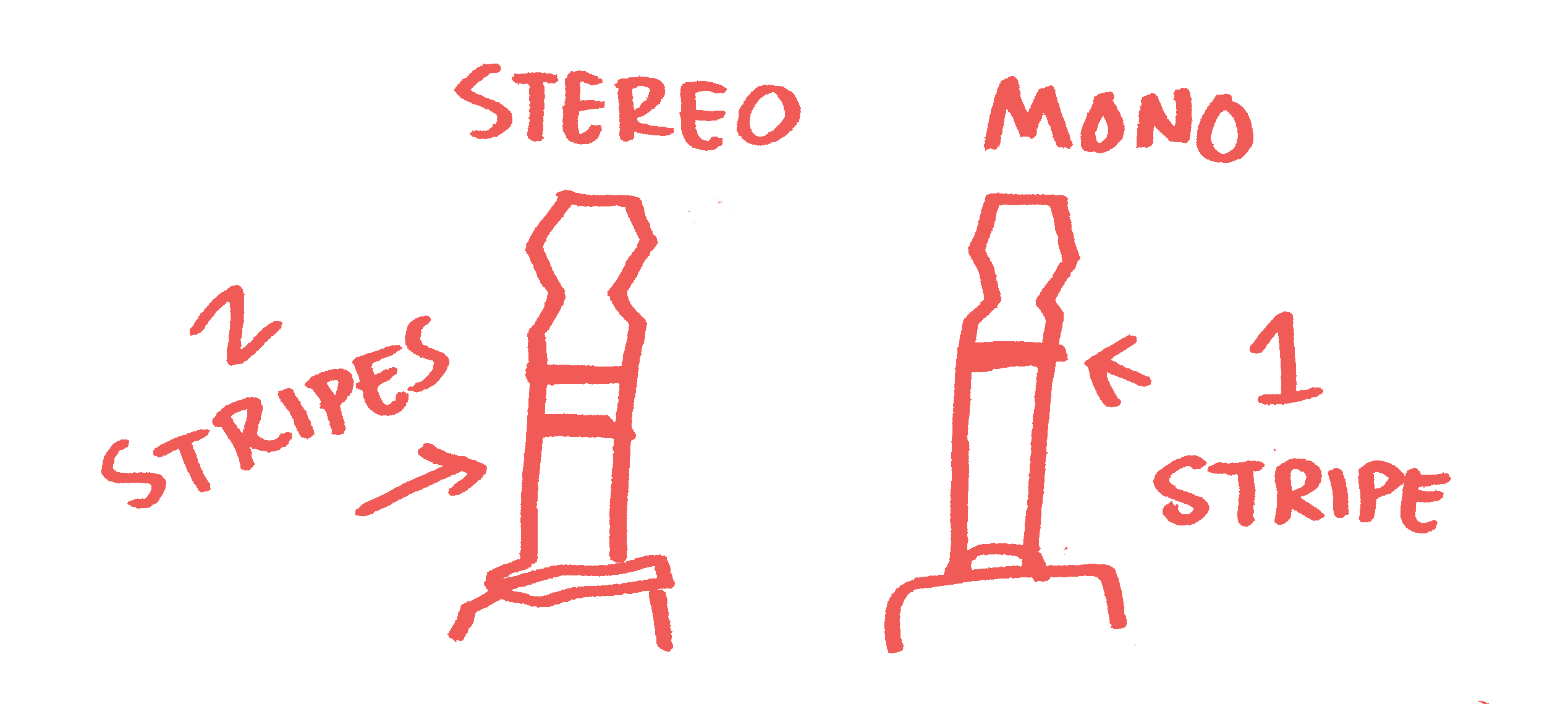
Another term that might come up when talking about cables is TRS, this stands for Tip Ring Sleeve. TRS quarter inch cables will have a jack that has two little bands on it! Separating the jack into a tip section, a small ring section, and a sleeve, which is the rest of the jack down to the end.
These two bands allow the cable to be stereo, which means the sound it carries can be directed into two separate signals or speakers instead of one. Most instrument cables aren’t TRS and only have one little band around the jack! So the jack doesn’t have that small ring portion that is sectioned off between the two bands. This makes them mono, so the signal that is sent through that cable is a single signal instead of a split signal.

They look a lot like instrument cables! But speaker cables carry an electrical charge. These cables are used to connect your guitar amp head to your speaker cabinet or a power amp or powered mixer to a set of speakers. These carry a charge because the speakers used in these setups are what is called passive, which means they can’t power themselves independently. The power amp or amp head powers them and runs the electrical charge through the speaker cable! Speaker cables are easy to spot because they are often just labeled “speaker cable” on the side. DO NOT USE FOR PEDALS!
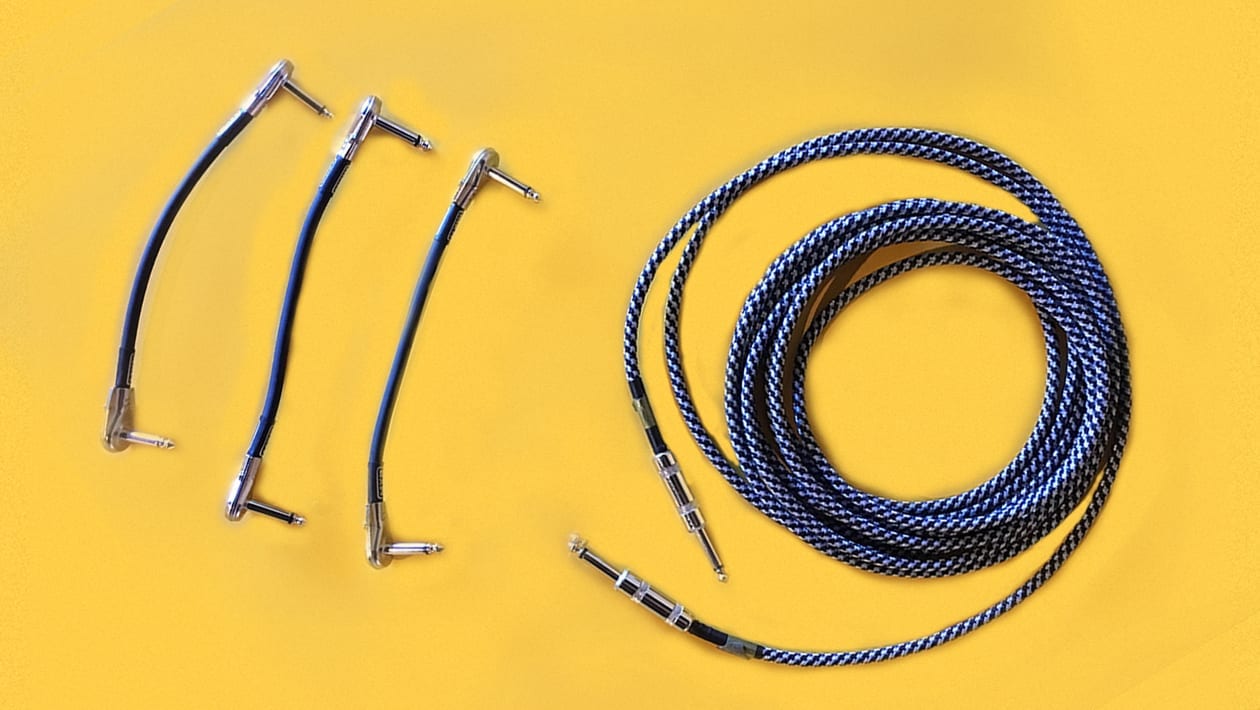





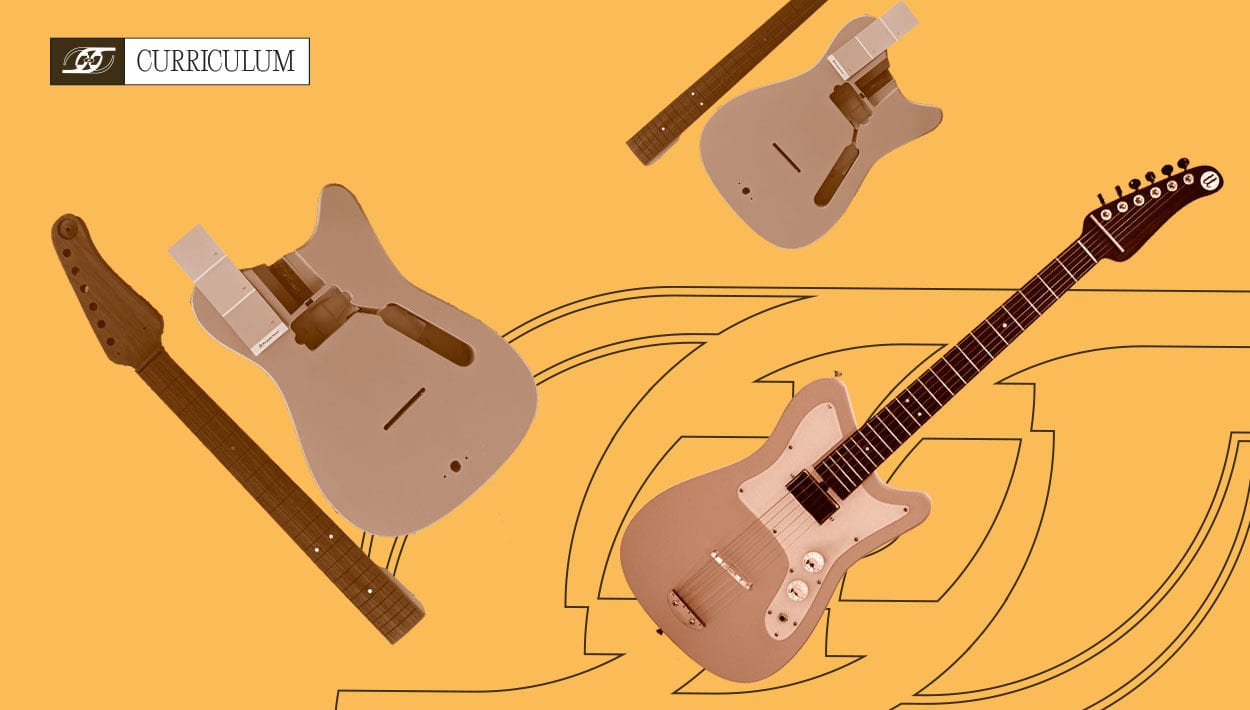
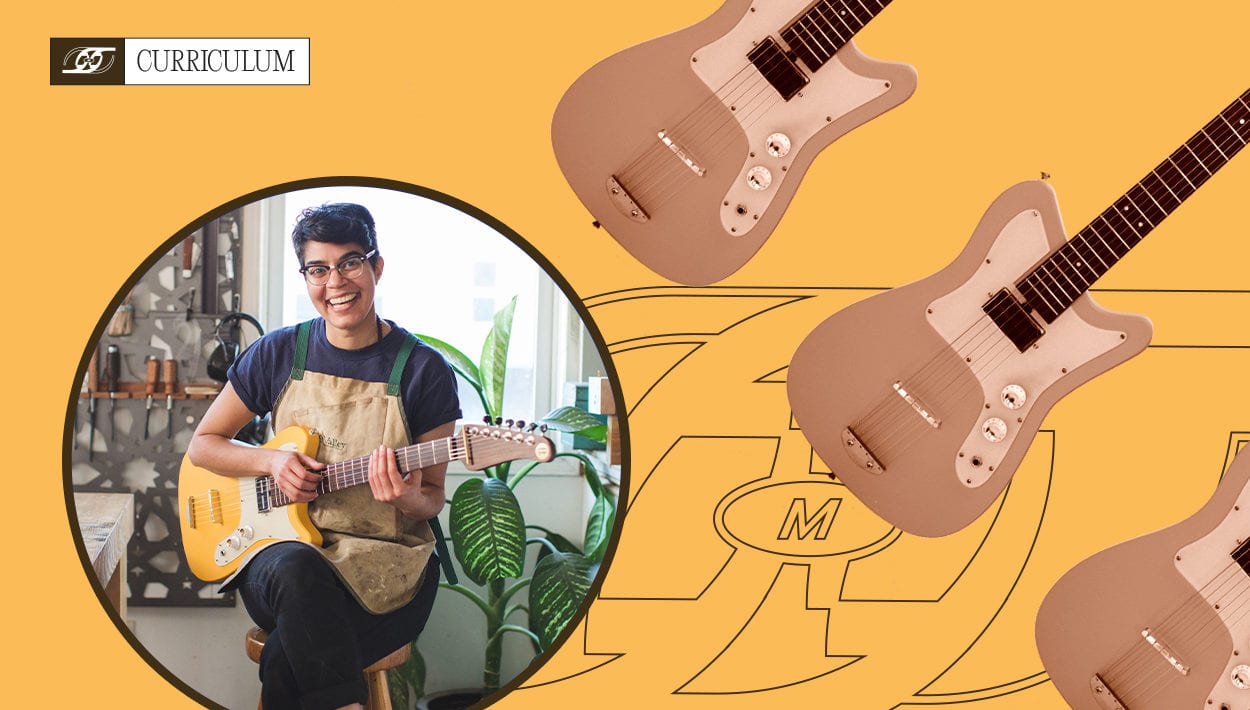
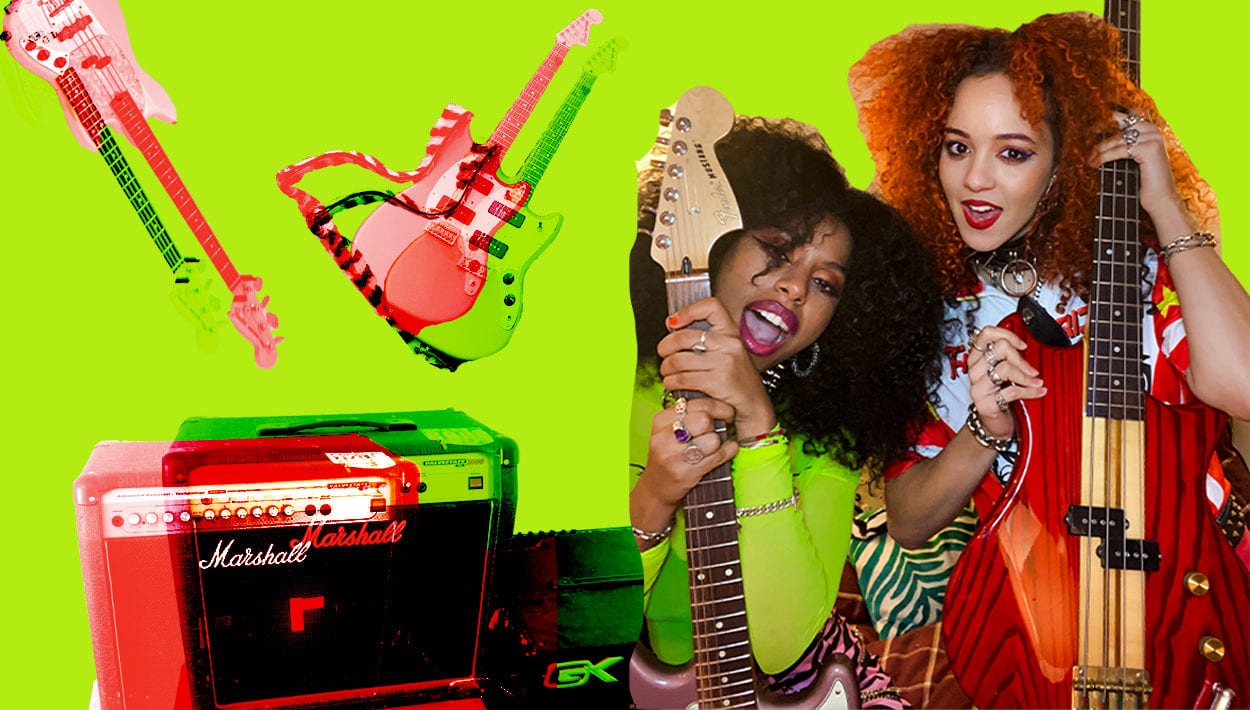


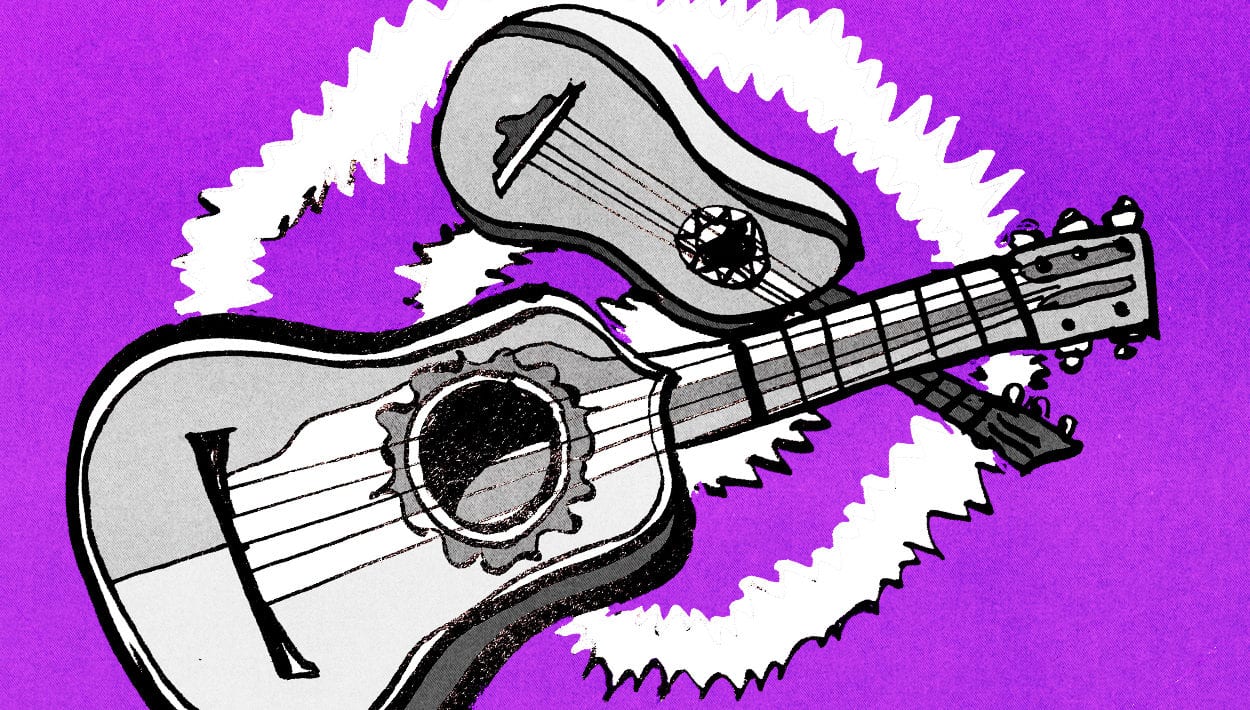


Comments
[…] official: you now know about effect types, power supplies dos and don’ts, cables and after this you will have been able to understand the placements of your pedals on your board […]
Pingback by She Shreds Media on August 7, 2020 at 11:25 am